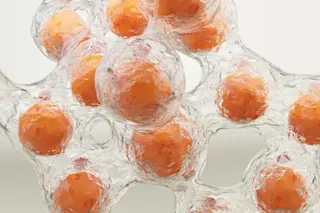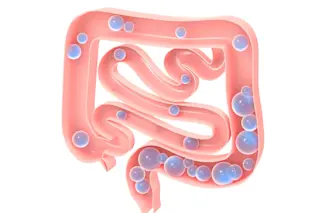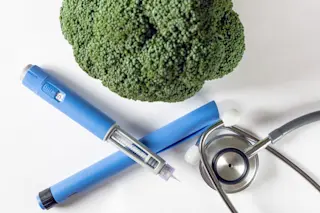The first time someone synthesized saccharin, the artificial sweetener in Sweet’N Low, it was an accident. A scientist studying coal tar in 1879 didn’t wash his hands before eating dinner and was surprised to taste a sweet residue from the lab on his fingertips. Same goes for the invention of the sweetener sodium cyclamate in 1937: the unwitting pioneer, who was working on a fever medication, put his cigarette down on the lab bench, and when he picked it back up, he detected something sweet. Both products went on be included in sweetener packets and diet soda the world over. The takeaway: The search for a viable sugar alternative is no modern undertaking (and also, some chemists should probably brush up on their laboratory safety skills).
Non-sugar sweeteners can give food and drink a sweet taste without the added calories, spiked blood sugar, and potential for tooth decay of good ...














